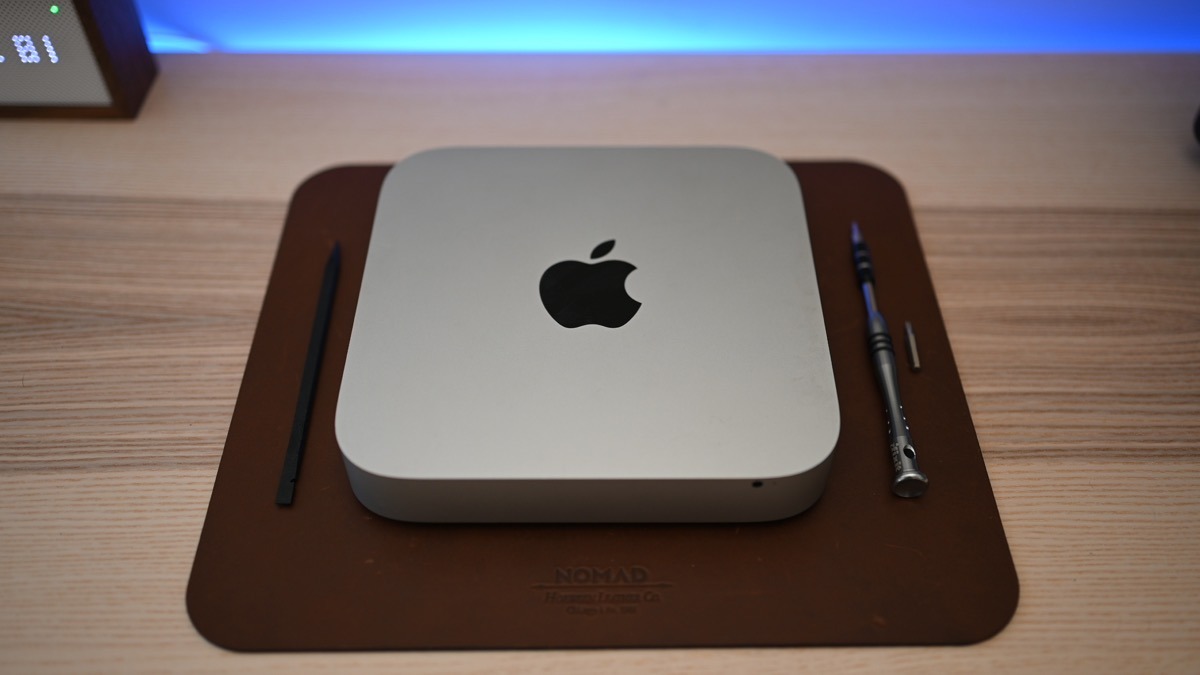
- #2010 MAC MINI HARD DRIVE REPLACEMENT FOR MAC OS#
- #2010 MAC MINI HARD DRIVE REPLACEMENT MAC OS#
- #2010 MAC MINI HARD DRIVE REPLACEMENT INSTALL#
- #2010 MAC MINI HARD DRIVE REPLACEMENT MANUAL#
#2010 MAC MINI HARD DRIVE REPLACEMENT MANUAL#
#2010 MAC MINI HARD DRIVE REPLACEMENT INSTALL#
Total install time: about 1 hour, mostly depending on how often you tear down mac Minis, and whether you’ve got all the tools at the ouset. If you’ll be using a stock, or purchased a tricked-out Mac Mini directly, please skip to Step 3.

So, while things will work if you use an off-the-shelf Mac Mini from your local Apple Store, you can get some pretty awesome write speed performance gains by taking a little bit of time to upgrade the mini to Flash-based SSDs instead of the platter-based HDDs that come installed in Mac Mini Servers by default. WARNING: If you are not an Apple Certified repair technician you will void the warranty on your Mac Mini if you proceed with upgrading the hardware! Upgrade the Mac Mini
#2010 MAC MINI HARD DRIVE REPLACEMENT MAC OS#
Need to upgrade to a the latest point revision of Mac OS X? Take a snapshot of your VM, run the update, and if things break no big deal-just roll back to the last snapshot.Ĭonvinced you yet? If so, read on to find out exactly how you can do it yourself. If one service goes down you can reboot that VM and not affect the rest. Need Netboot, Profile Manager, and Caching Server? You can block services off in their own instance of OS X in VSphere.

With a Sonnet RackMac enclosure you get two Minis per 1U in a server rack.

#2010 MAC MINI HARD DRIVE REPLACEMENT FOR MAC OS#
In a follow-up post I’ll cover some of the imaging caveats for Mac OS VMs.

Note: If you’re here for assistance on getting ESXI up and running on your own Mini, please skip to step 7 of "Loading ESXI vSphere" for directions on getting past the Pink Screen of Death. They were the department that initially approached me about getting multiple Mac OS environments set up, and have benefited the most from the transition to ESXI vSphere hosted VMs. The most notable of the engineering groups who need long-running Mac environments is our Mobile team, which needs them to compile our iOS apps. Also, as our entire office runs on Mac laptops we also need to have environments that can run for extended or indefinite time periods. New Relic’s Portland office is our Intergalactic Engineering HQ, and as such the engineers need to have a variety of different OS virtual machines. Who needs Mac VMs anyways? Or, why the heck did I do this? Turning current-gen Mac Minis into ESXI vSphere hosts isn’t the strangest thing you’re ever going to do, but be warned: the route I took does void the AppleCare warranty included with the computer. Since it’s a bit tricky, and the latest and most complete documentation I found was from 2012, I decided to document the process. When my users asked for new Mac OS VMs to test Xcode for teams, I jumped at the chance to build ESXI hosts. Being a lifelong Mac Geek I’ve spent a fair amount of time fiddling in the guts of Macs and doing all sorts of strange Mac Wizardry. As a Mac Sysadmin you learn early on that sometimes you have to do strange and terrible things to the machines you look after at the behest of your users.


 0 kommentar(er)
0 kommentar(er)
